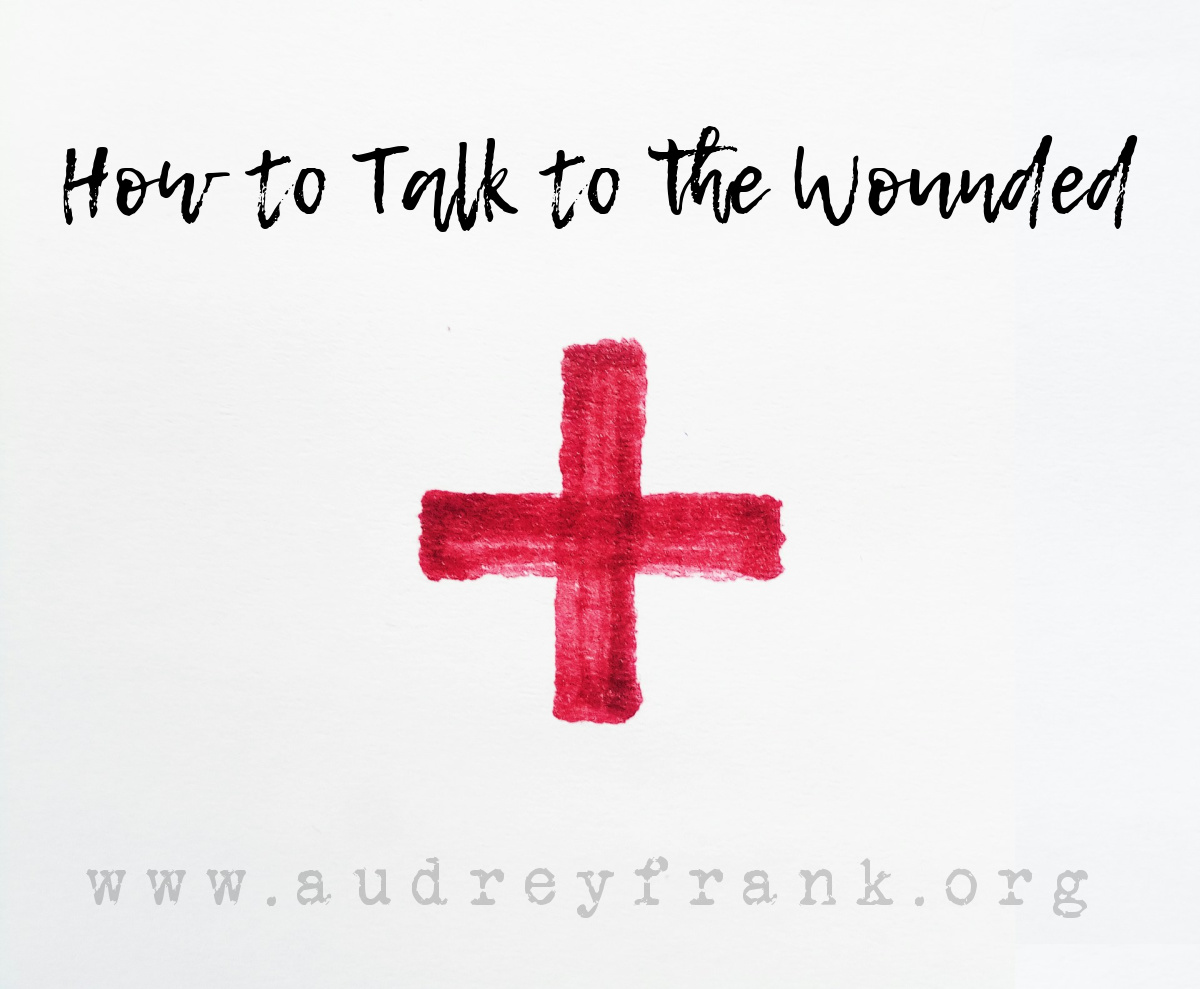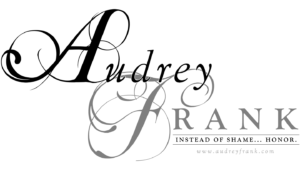How to Talk to the Wounded
 Caution: This post contains graphic descriptions of physical wounds and may be uncomfortable for some readers.
Caution: This post contains graphic descriptions of physical wounds and may be uncomfortable for some readers.
Jesus went throughout Galilee, teaching in their synagogues, proclaiming the good news of the kingdom, and healing every disease and sickness among the people.
Matthew 4:23
We needed to turn him several times a day to avoid bedsores. Before the fire, bedsores were something unfamiliar to us, something that sounded repulsive and painful, like a blister, something that happened to my grandmother when she moved to a nursing home during my childhood. But then I had to tend one, just one, on my son’s heel, for almost a year. So deep it reached the bone, this bedsore became my arch enemy, determined to drill its way through the other side of my child’s foot.
So we took bedsores seriously and every day, we turned our son’s burned, fragile body to relieve the pressure and avoid more enemy sores.
But there was a problem. Where can you securely grab onto a body whose surface is completely covered in open wounds from the waist down? It must be turned, but how do you touch without causing excruciating pain?
We became experts at finding that one three-inch strip of healthy skin, that small circle in the crevice behind the knee just big enough for two strong fingers to rest, the threshold just above the waistline where the skin was intact.
We worked together. The task was impossible for one person.
And over the next eighteen months, our son’s body healed.
As I cared for his wounds day after day, I thought long and deep about the parallels between wounded bodies and wounded hearts. And how we care for them.
The world is wounded today. And it needs brave caregivers compelled by love to find that little three-inch strip of health where hands can grip and the wounded can be lifted, and relieved.
People need carers who handle them with sensitivity and patience, willing to fight the pressure points that would drill into their very souls, destroying life and bringing decay to their hopes and dreams.
One way we can lift and support the wounded is in the way we speak to them.
Speaking is a form of touching the wounded. In our choice of speaking, we can lift up, or we can cause excruciating pain. It all depends on where we grab on with our words.
We would never have allowed a burly, strong construction worker off the street to come into the Burn ICU and turn our son’s broken body over during daily wound care. Our son’s wounds required persons skilled with the courage and patience to proceed with caution and gentle strength.
We are so often like burly, strong construction workers showing up in the ICU, confident in our strength and ability to get ‘er done, grabbing the wounded with words right where they are most deeply injured. We haven’t taken time to learn where the wounds lie, many of them hidden under years of bandages, so we grab on and cause more damage.
I frequently observe this rough handling with the way people talk about sexual trauma. Besides, it’s commonspeak now, right? Every streaming series exposes without discretion the reality of brutal sexual crimes. And with it the private, excruciating pain of 1 in 3 women globally and an estimated 5-10 percent of men. This is their private pain streaming into our living rooms.
Commonplace does not equal calloused.
The ones for whom that documentary reflects their personal story are traumatized again every time a careless caregiver goes into detail about that unbelievable true story they spent their Saturday night fascinated by. What is entertainment for some is a life-destroying reality for others.
How many suffer silently while their wounds are roughly handled, torn open again, pressure points pressed and pain drilling down to the other side of their hidden souls?
We are all caregivers, you know.
You may not consider yourself a caregiver, but every person you meet needs care. Click To Tweet
The way we speak to those around us is our first point of care contact. Our words will care or they will hurt. This is the nature of words. Does it feel like a lot of responsibility? That’s because it is. Like it or not, we were created for fellowship with each other. Healing happens in community. Being a member of the human family is responsibility.
Maybe this Lent we should give up grabbing folks with our words before we know where their wounds are, trying to help without having a clue about the nature of what lies beneath their bandages.
Jesus knows what wounds people carry. I find He is a gentle and trustworthy wound caregiver. I highly recommend positioning yourself right by His side with every person you meet. Walk through the crowds with Him and follow His lead. He handles the wounded with wisdom and gentleness. And He heals them.
Lord, I want to learn from you how to care for others’ wounds, the visible and the invisible. Teach me, Jesus. Amen.

The Conversation
Audrey,
I needed to hear every word you have written! I can not imagine the enormous heart stress in tending to your precious son.
My husband of 48 years now has Alzheimer’s. I struggle each day to find and deliver those healing words. Thank you so
much for this reminder that I only want to help heal not inflict pain or add to his hurt and loss of place.
Today I am going to be aware of Jesus standing beside me and I will be asking Him what to say!
Thank You so much!